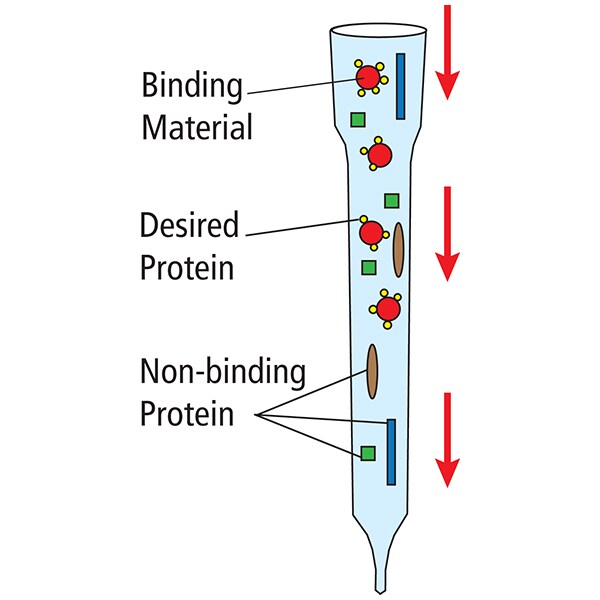


Although a lot of progress has been made with some GTPases, the superfamily comprises 167 members in humans and many remain less well understood ( Rojas et al., 2012 Colicelli, 2004). Understanding the biology of small GTPases requires identifying their upstream regulators and their downstream effectors. Mutations in the various types of Ras are present in many cancers, and mutations in other members of the superfamily cause disorders of the immune system, the nervous system or of development ( Hutagalung and Novick, 2011 Hobbs et al., 2016 Maldonado and Dharmawardhane, 2018). The biological importance of these families is reflected by the fact that their mutation underlies major human diseases. The Ras, Rab and Rho families have prenyl groups attached to one or more cysteines at their C-termini, whilst Arfs have a myristoyl group on the N-terminus and Ran is not lipidated. The large majority of the Ras superfamily GTPases are lipid modified to allow transient attachment to membranes in the active state.

The Ras superfamily can be divided into five major families based on sequence and function: the Rab and Arf families that regulate membrane traffic, the Rho family that regulates cytoskeletal dynamics, the Ras family that regulates cell proliferation and differentiation, and Ran that directs nuclear transport ( Rojas et al., 2012 Colicelli, 2004). In this way, upstream regulators can control precisely the location or activity of numerous cytosolic proteins. This allows the G protein’s binding interactions to be regulated and hence they act as molecular switches that generally only bind their effectors when in the GTP-bound state. Although often called GTPases, they typically lack intrinsic GTPase activity and instead nucleotide status is determined by regulatory proteins that either stimulate GTP hydrolysis, or exchange GDP for GTP ( Müller and Goody, 2018 Barr and Lambright, 2010 Cherfils and Zeghouf, 2013). These proteins share a similar nucleotide-binding fold, with the arrangement of surface loops altered depending on whether GTP or GDP is bound ( Vetter and Wittinghofer, 2001). The timing and location of many cellular events is controlled by small GTPases of the Ras superfamily ( Takai et al., 2001).


 0 kommentar(er)
0 kommentar(er)
